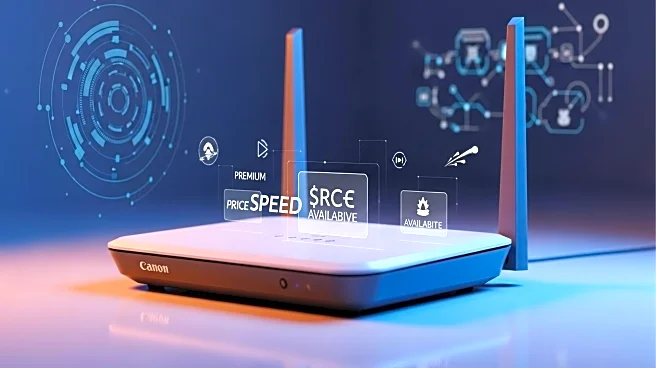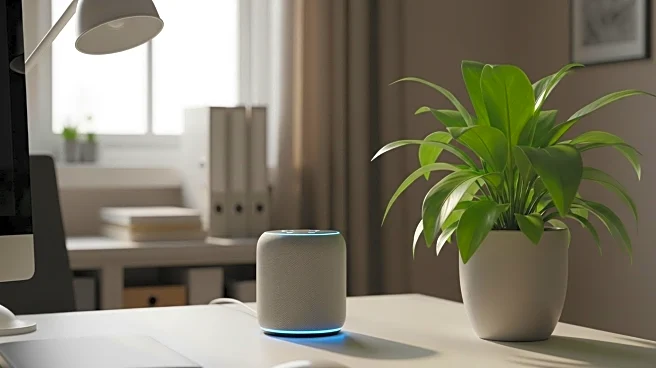What's Happening?
Cable internet continues to be a popular choice for U.S. households, particularly in urban and suburban areas, due to its widespread availability and high-speed options. In 2025, major providers such as Xfinity, Spectrum, Cox, Optimum, Mediacom, and WOW! offer plans with download speeds ranging from 300 Mbps to 2,000 Mbps. These providers differ in terms of pricing, coverage areas, and service features. For instance, Xfinity offers the widest coverage across 40 states with speeds up to 2,000 Mbps, while Spectrum provides plans without contracts or data caps, reaching up to 1,000 Mbps. Cox offers flexible bundles and discounts, and Optimum provides unlimited data on all plans. Despite the advantages, cable internet plans often come with promotional pricing that increases after 12 to 24 months, and some plans may require contracts or have data caps.
Why It's Important?
The availability and competitive pricing of cable internet are crucial for maintaining connectivity in U.S. households, especially as remote work and online education continue to be prevalent. High-speed internet is essential for streaming, gaming, and video conferencing, making cable internet a viable option for families and individuals seeking reliable service. The differences in pricing and service features among providers allow consumers to choose plans that best fit their needs and budgets. However, the potential for price increases and data caps can impact long-term affordability and service satisfaction, highlighting the importance of understanding contract terms and promotional pricing.
What's Next?
As technology advances, cable internet providers are expected to continue upgrading their infrastructure to offer faster speeds and more reliable service. The transition to DOCSIS 4.0 technology may further enhance download capabilities, although upload speeds remain a limitation. Consumers should anticipate ongoing promotions and potential changes in pricing structures as providers compete for market share. Additionally, the expansion of fiber and 5G home internet services may influence cable providers to adjust their offerings to remain competitive.
Beyond the Headlines
The evolution of cable internet reflects broader trends in digital connectivity and consumer demand for high-speed access. As more households rely on internet for work, education, and entertainment, the pressure on providers to deliver consistent and affordable service increases. Ethical considerations around data caps and contract terms may arise, prompting discussions on consumer rights and fair access to digital resources.










